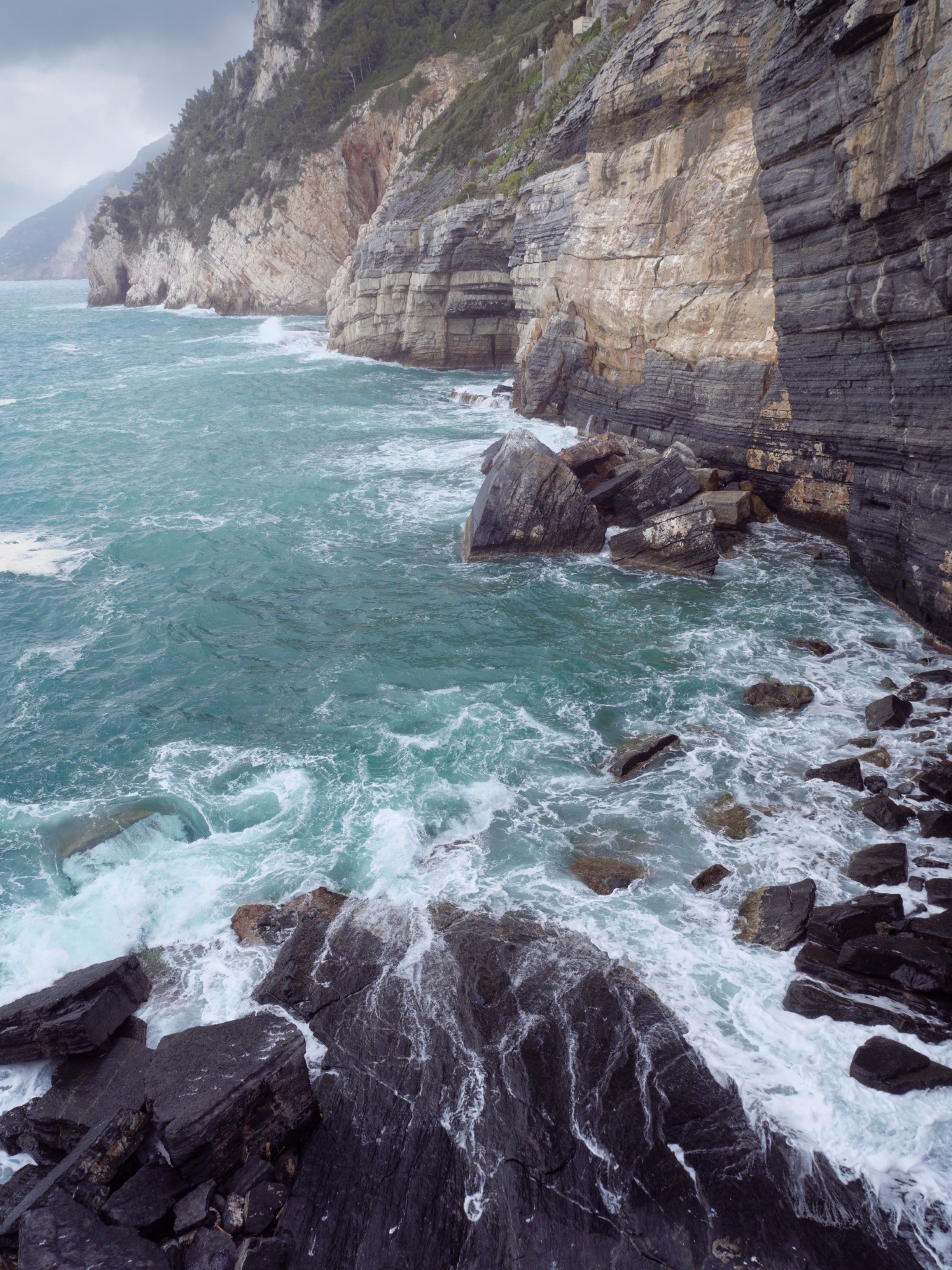The human field of view is wider than it is taller (source: Wikipedia). It follows that we humans should prefer horizontal images.
Well, according to my statistics, I shoot about half of my images with a vertical orientation. In certain places like my hometown Milan, Italy, that number goes as high as three quarters.
I don’t specifically shoot for (or with) smartphones or social media, which usually call for vertical images, so that is not the reason. I do my editing on a tablet in horizontal orientation or on a PC, so that’s not it either.
Many of my images I hold dearest are vertical. Even landscapes – oh, I’m all for vertical landscape photos!
My gut feeling tells me that it has to do with balancing foreground, subject, and background. A vertical image allows to include more depth into the scene and that is especially useful for landscapes. You can frame a “boring” landscape and make it much more interesting by showing more foreground, for example.

Street photography benefits from vertical frames too. It might sound stupid, but people are usually taller than they are wide. Urban environments also tend to have a lot going on in terms of people and vehicles, so shooting vertically helps to exclude unwanted items from the sides of the frame, while also conveying the fact that these places include tall buildings, sign posts, and so on. Vertical images work well in these circumstances.

In short, I believe that despite having a wide field of view, we humans are more interested in depth, possibly because it conveys more of the third dimension while still looking at a bidimensional image.

